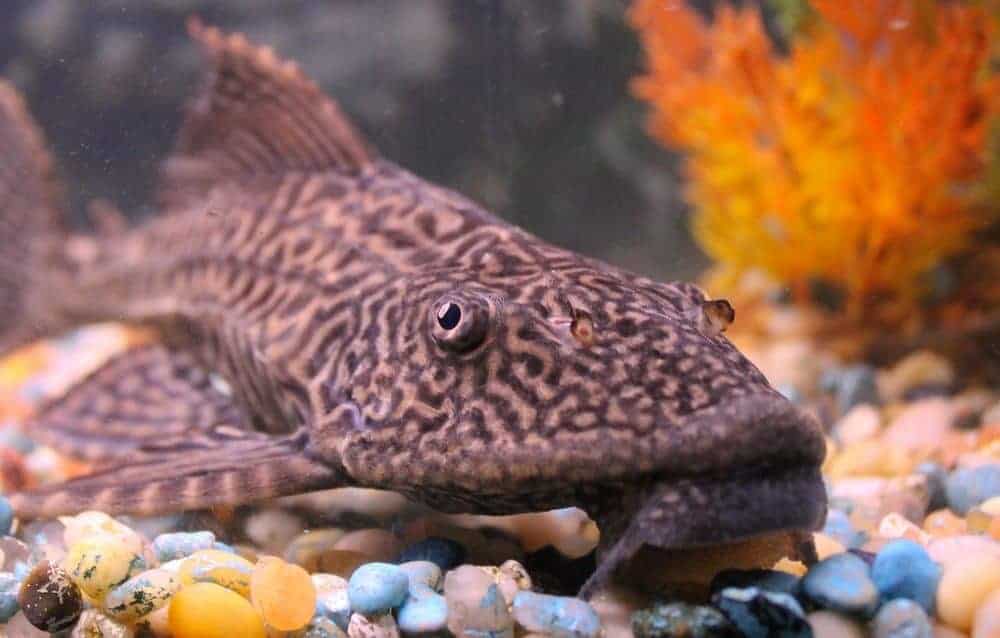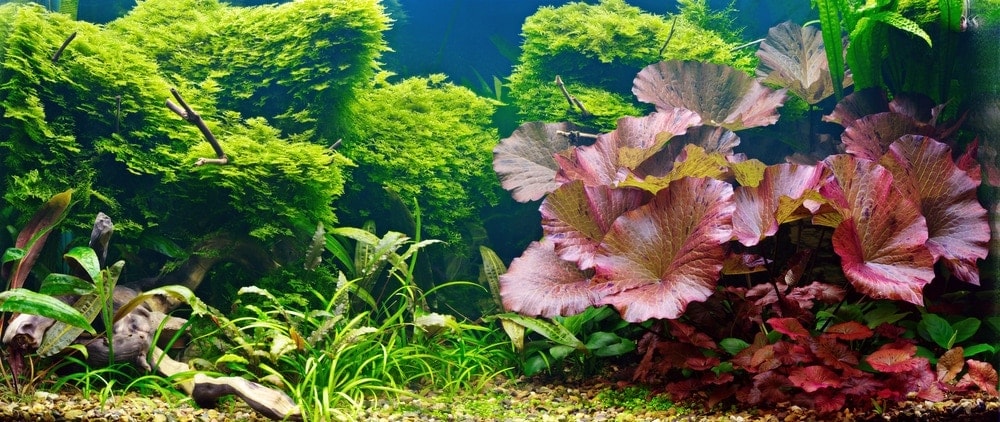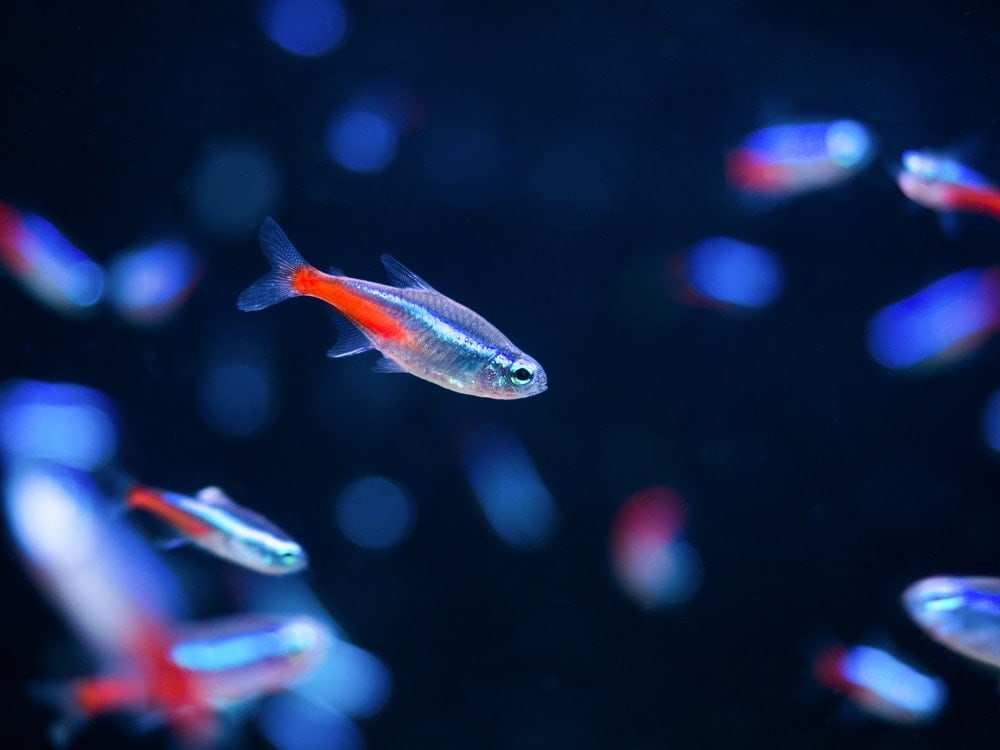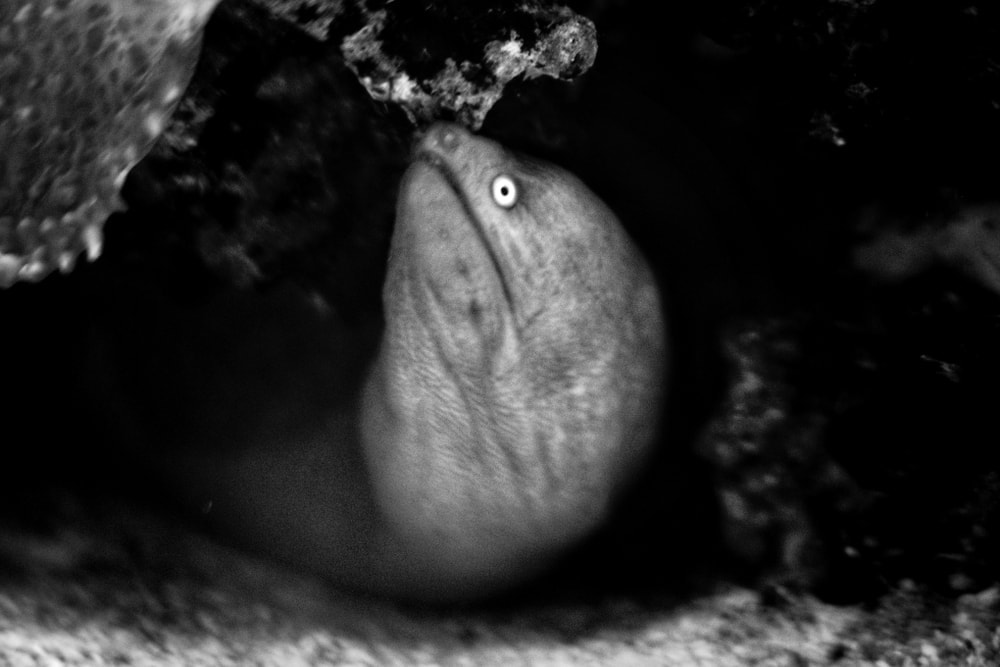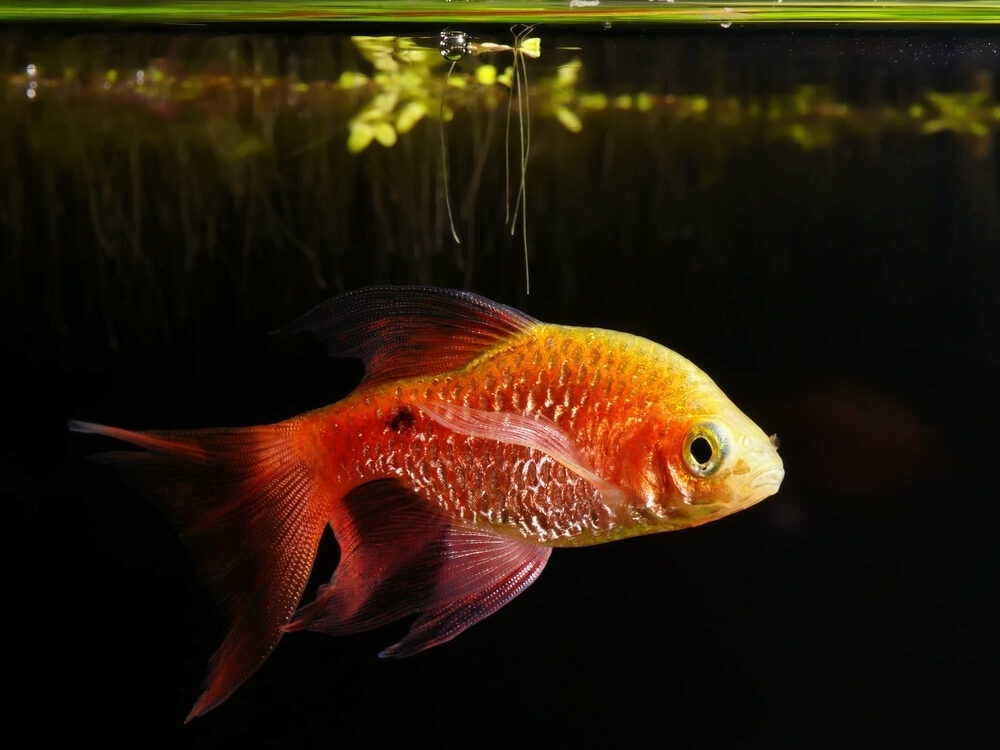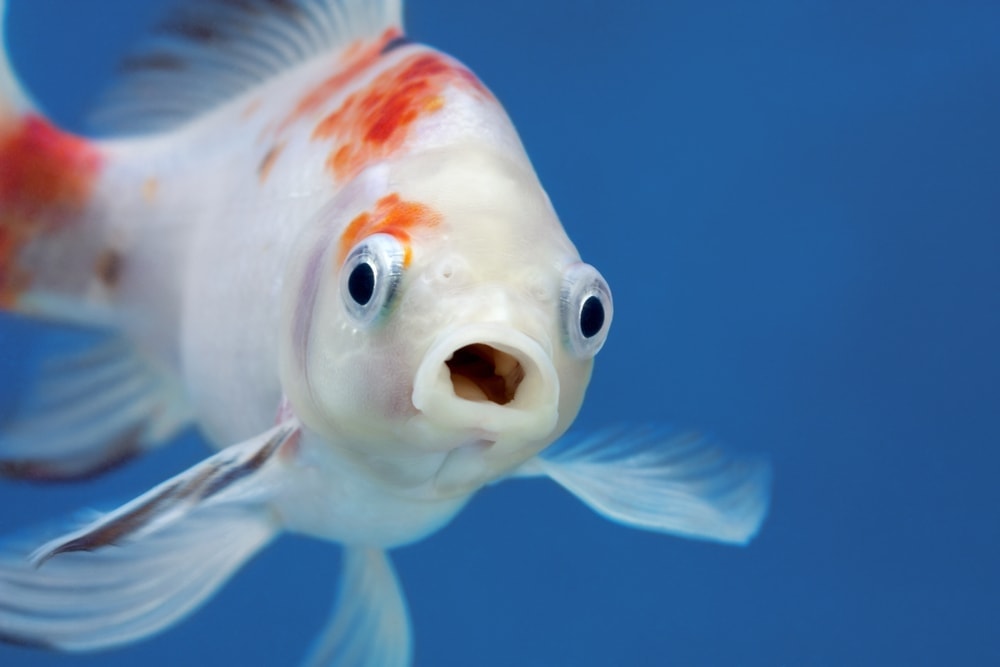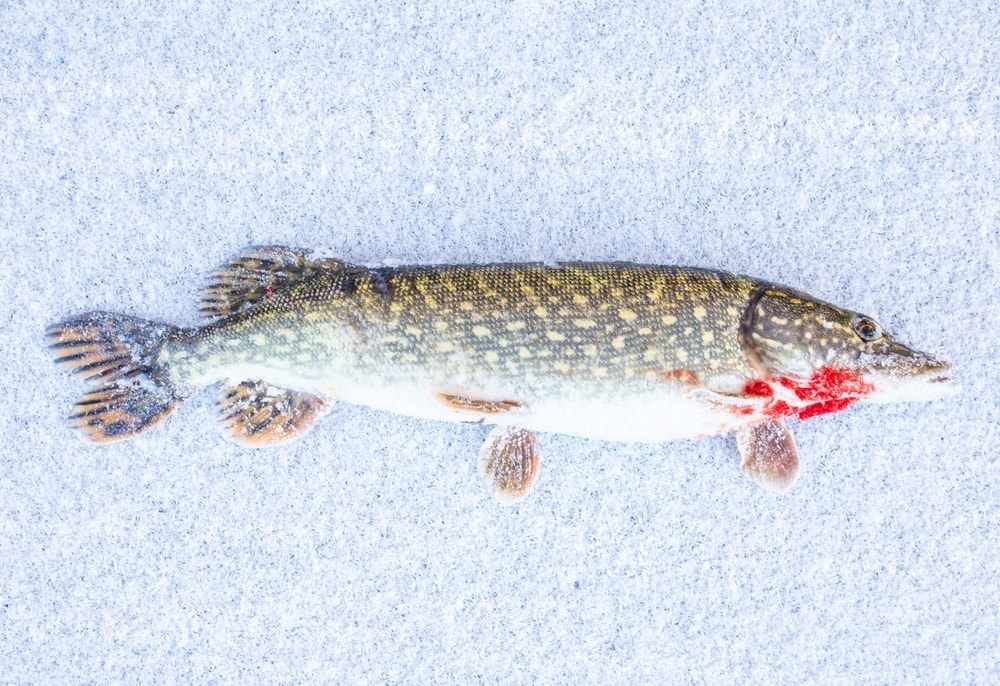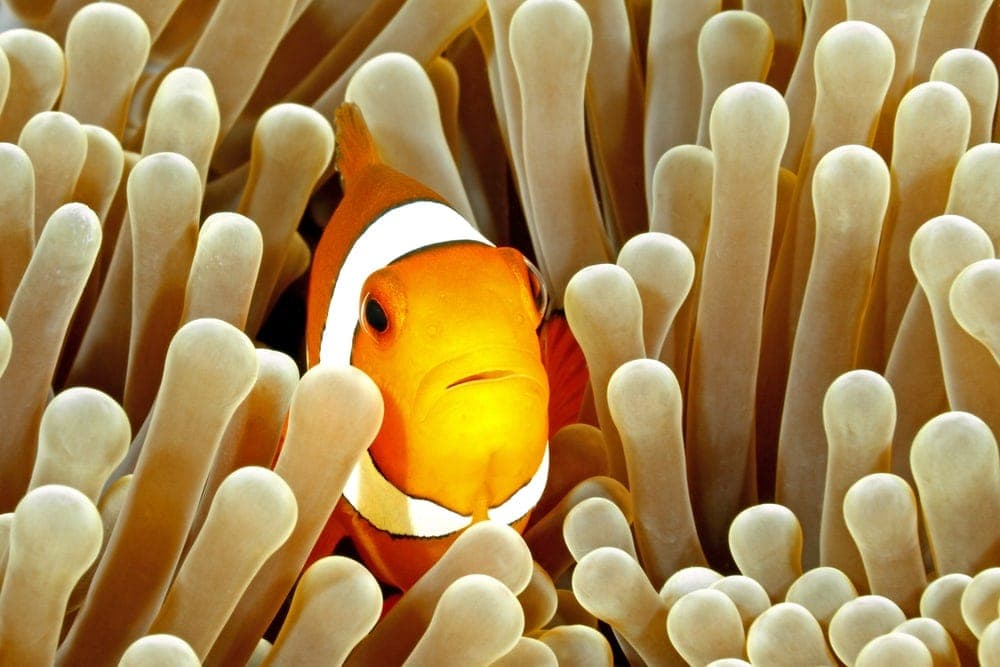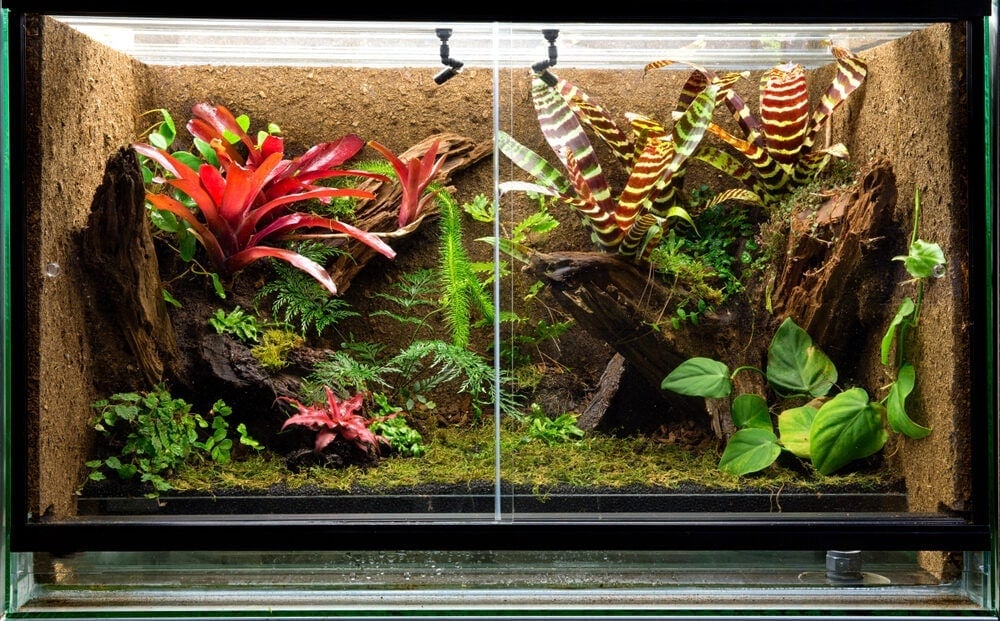The Rubber lip Pleco is a beautiful and vibrant fish that can also serve a very practical purpose in your aquarium.
Before you go ahead and get one, there are a number of things you should know. This article will help you get the necessary details to properly care for your new fish.
Rubber Lip Pleco Appearance
These fish can grow up to two feet long in the wild, but rarely gets larger than seven inches in captivity. Their caudal fin doesn’t look very big when they are drifting through the water, but it quickly expands when they start swimming. They can vary in color from a light gold-yellow to a dark grey.
The unique striped pattern of these fish gives them an interesting overall appearance to say the least. These stripes begin close to their pectoral fin, and they become straighter the farther down they go on the fish’s body. There are also some small circular dark or brown spots near the eyes and mouth.
Behavior
A lot of people like to keep the rubber lip pleco as a pet because it is so docile. The peaceful nature of this fish makes it easy to keep with other species, but not all. You will notice this fish spending a lot of time in one area of the time at a time. It swims around lazily, taking its time when moving from one spot to the next.
These fish spend a lot of their time in the lower and mid sections of the tank. While they are not the most active fish, they can still make for an interesting addition to almost any aquarium.
Natural Habitat
Rubber lipped plecos can be naturally found in South America, specifically the Magdalena basins and Apure River. These fish tend to be found in colder waters with a good amount of vegetation. They are actually classified as an invasive species in the U.S., though they aren’t widespread.
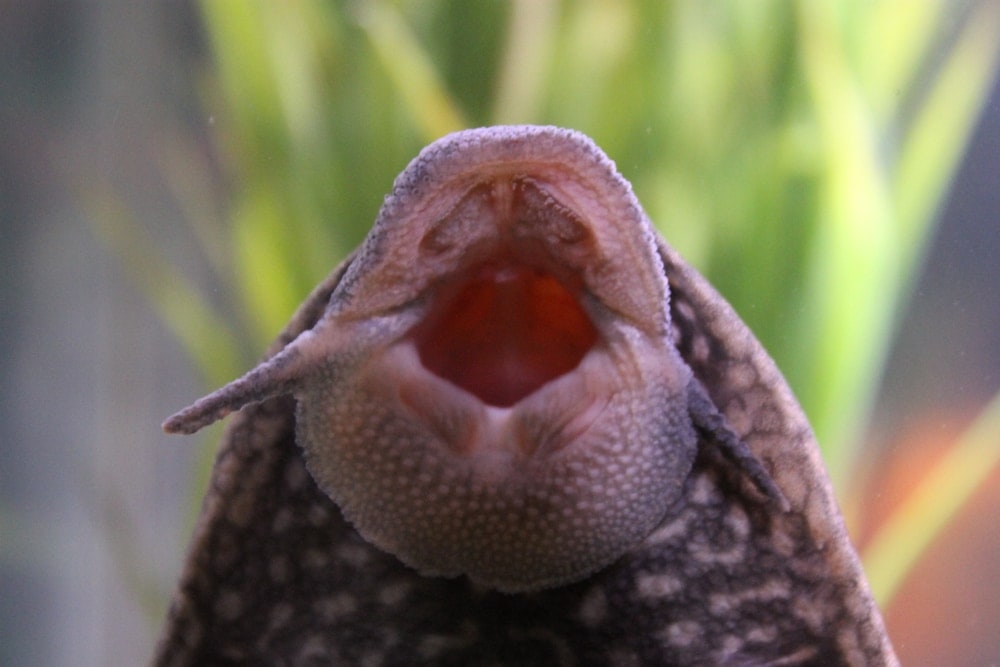
Rubber Lip Pleco Care Guide
1. Tank Setup
It is a good idea to put these fish in a tank that is at least 25 to 30 gallons. They should be given a good amount of space to swim around. If you plan on keeping several of these fish together, you will need a 55+ gallon tank. The last thing you want is for these fish to feel overly crowded, as it can negatively impact their overall health.
Make sure that you use sand or some other soft material for the substrate. Since these fish spend a lot of time near the bottom of the tank, you don’t want to use any material that is even semi abrasive. It’s also important to put some rocks and plants in your tank, as it will help mimic their natural environment.
2. Water Conditions
The temperature of your rubber lip pleco’s water should be kept within a range of 72 to 80 degrees Fahrenheit, and a pH level of 6.5 8. You should also make sure that it has a water hardness rating of 8 to 12 KH.
A water testing kit is absolutely essential for this sort of tank setup. You will need to test all of the levels of the water every week to ensure they are ideal. Also, make sure that you have a solid filter that produces a moderate flow inside the tank.
3. Rubber Lip Pleco Tank Mates
It is important that you not put any aggressive and/or larger fish in with your rubber lip peco. This will keep them from getting bullied and potentially injured or worse.
Some of the best tank mates for this fish include neon tetras, cory catfish, ember tetras, and the sparking gourami. You should only keep these fish with species of a similar size and temperament.
4. Rubber Lip Pleco Food
These fish eat algae almost exclusively in the wild, but you can give yours flakes. It is also recommended that you give them certain vegetables like peas, cucumbers, and leafy greens. This will ensure that your fish get a nutritious and balanced diet, so they will stay healthy over the long term. It is crucial that they get a good amount of plant matter in their daily diet.
Make sure that you keep a close eye on your fish’s eating habits. You’ll want to make sure that they are not eating too much. You won’t have to feed them more than two times daily.
Common Health Problems
One of the great things about these fish is that they aren’t particular prone to any particular diseases. It is, however, important that you keep their water clean and check the levels regularly. Failing to do so could result in bacterial and/or fungal infections.
Some of the common signs of illness among these fish include white spots on the fins, eating less than usual, and swimming slower than normal.
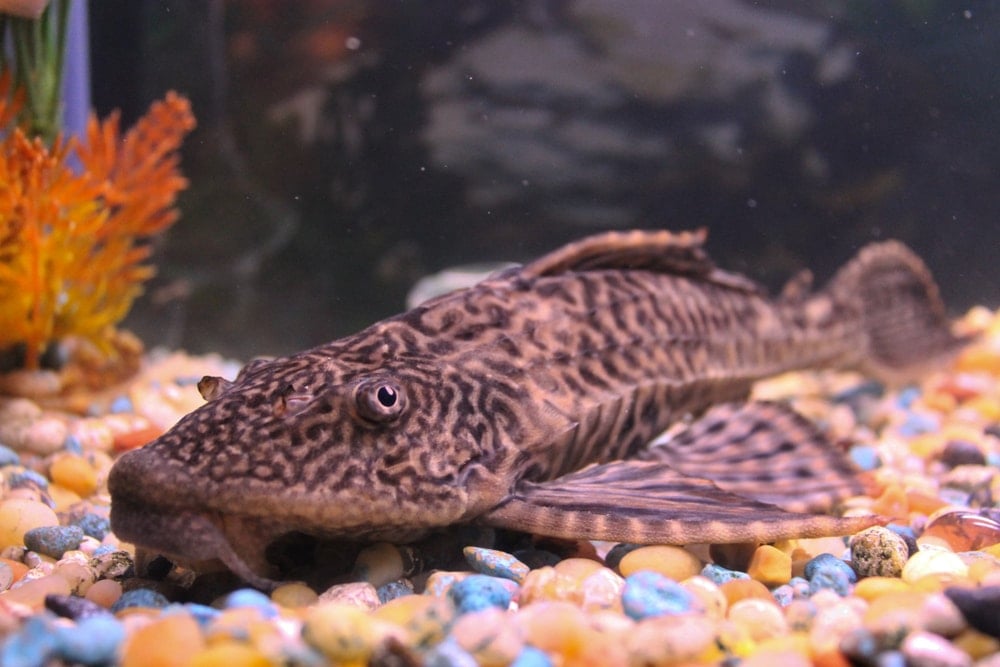
Rubber Lip Pleco Breeding
It is very difficult to breed rubber lip pecos, but not impossible. You’ll want to make a point of getting all the information you can before attempting this. It’s not a good idea to even try this unless you are very sure that you will be successful, as the whole process can be very stressful for your fish.
Conclusion
- The Rubber Lip Pleco usually doesn’t exceed six or seven inches long in captivity.
- These fish can have a darker gray or pale yellow coloration with stripes and spots on various parts of its body.
- The peaceful overall nature of these fish makes them fairly easy to care for in just about every way.
- If you are keeping one or two of these fish, a 30-gallon tank is recommended. If you are keeping several, you’ll need a minimum 55-gallon tank.
- Keep the temperature of your fish’s water between 72 and 80 degrees Fahrenheit at all times.
- Remember to check the temperature, pH, and water hardness of the water on a weekly basis.
- Cory catfish and neon tetras both make excellent tank mates for these fish.
- You should feed these fish a combination of flakes and plant matter, including leafy greens.
- These fish are not particularly prone to disease, provided you keep the water in their tank clean.
